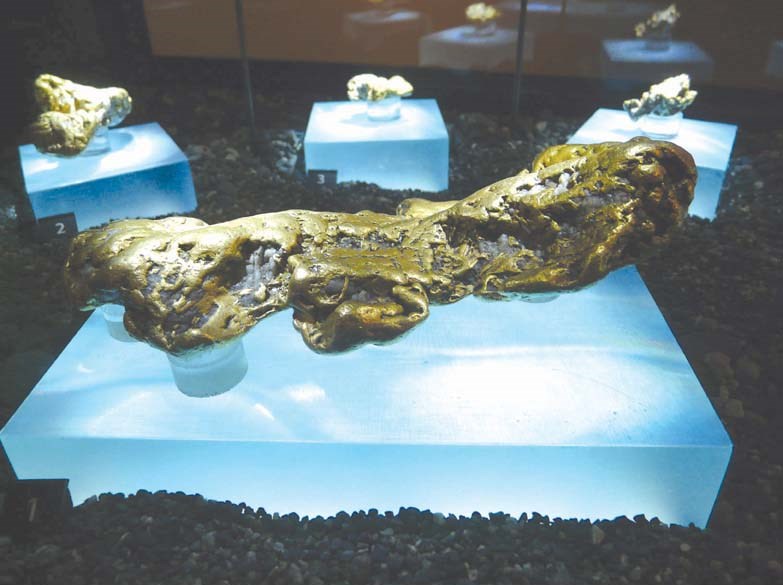Gold in the 21st century isn’t quite the rush it was in the 19th. Back then, word of a new discovery would send tens of thousands of people stampeding from one side of the globe to the other: California. Australia. British Columbia. New Zealand. South Africa. Australia again. The Yukon. Yee-hah. This is the big one. This will change everything.
A recent exhibition at Victoria’s Royal British Columbia Museum, Gold Rush! El Dorado in B.C. reminds us just how potent the soft yellow metal once was. “Gold rushes caused the first voluntary large-scale world migrations,” we learn. Until then, people had moved en masse because of war or famine; now they travelled halfway around the world for a shot at riches, or a better life, or for adventure.
The California Gold Rush of 1849 was the biggie, but the Fraser River Gold Rush of 1858 drew more than 30,000 dream-seekers to British Columbia. A San Francisco Bulletin story picked up internationally was largely responsible: in one month, it said, the Hudson’s Bay Company fort in Victoria had received “110 pounds [50 kilograms] of gold dust from the Indians … [prospected] without aid of anything more than … pans and willow baskets.”
Until then, Fort Victoria had been a fur-trading outpost. The first gold-rush ship to arrive in 1858 brought 800 new souls to town, doubling Victoria’s population. Land prices rose by 4,000 per cent in a month. By the end of the year “British Columbia” had been formally created as a British colony, largely to prevent the Americans from snatching it.
Gold Rush! regards the international tide of (mainly European) humanity that washed over the B.C. hinterland from several angles and examines the participation of women, minorities (especially Chinese) and First Nations.
If the exhibition could be faulted for anything, it’s for providing a little too much perspective. One gallery is given over to 130 examples of pre-Colombian gold-working from the Museo del Oro in Bogotá. The pieces are exquisite (and rare, since the Spanish melted down just about every gold thing they laid hands on), and the gallery does aid the visitor in seeing how the metal was valued by non-Europeans, but it takes a chunk of the show’s limited space that might have been used to provide more depth on the effects of gold discoveries on, say, Victoria or Barkerville (the gold-rush town in B.C.’s Interior preserved as an historic site).
Nevertheless, there are some remarkable tales told and items displayed. The Queen Charlottes (Haida Gwaii) gold rush of 1851, for example, that never was. When American and British ships sailed to the B.C. islands to see if they held riches, the native inhabitants, the Haida, saw it as trespassing and used hand-made golden bullets to drive them off.
The largest item on display is a restored stagecoach that once ran from the goldfields to civilization; the oddest may be the beer jug assembled from scraps left after making a tin coffin to ship a Barkerville dance-hall operator back to her San Francisco home. Cin cin, Josephine.
For more information, see www.royalbcmuseum.bc.ca and www.tourismvictoria.com.
More stories at



